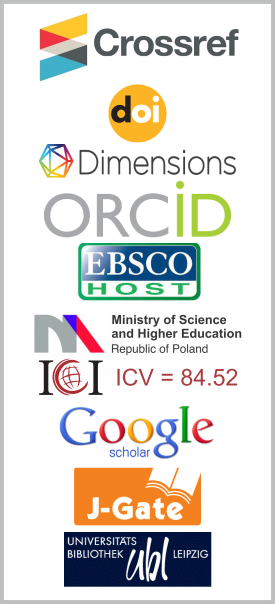Effortless Calculations of Arithmetic Progression Through Vedic Sutras
DOI:
https://doi.org/10.26713/jims.v17i1.3016Abstract
To finding the \(n\)th term and the sum of \(n\) terms in Arithmetic Progression is very easy if the number of term's small but the it is bulky if the number of term's are lager and so its take's larger time and also take our large affects and difficulties. On the other hand, the Vedic Mathematics work's opposite as the modern mathematics so if we using the Vedic Mathematics sutra \(^{3}\)Urdhwatiryagbhyam, sutra \(^{7}\)sankalan-vyavkalanabyam, Up-sutra \(^{9}\)Antyyoravto finding the \(n\)th term and the sum of \(n\) terms in Arithmetic Progression it takes our large affects reduced around 60-65% and also take's small time comparatively modern mathematics. The arithmetic pattern is one of the easiest series to study. It contains adding or subtracting from a common difference \((d)\), for generating a string of the numbers that are interrelated to each other. Thus, in this document we present the comparison to find the \(n\)th term and the sum of \(n\) terms in Arithmetic Progression by using the modern mathematics and Vedic mathematics.
Downloads
Downloads
Published
How to Cite
Issue
Section
License
Authors who publish with this journal agree to the following terms:- Authors retain copyright and grant the journal right of first publication with the work simultaneously licensed under a CCAL that allows others to share the work with an acknowledgement of the work's authorship and initial publication in this journal.
- Authors are able to enter into separate, additional contractual arrangements for the non-exclusive distribution of the journal's published version of the work (e.g., post it to an institutional repository or publish it in a book), with an acknowledgement of its initial publication in this journal.
- Authors are permitted and encouraged to post their work online (e.g., in institutional repositories or on their website) prior to and during the submission process, as it can lead to productive exchanges, as well as earlier and greater citation of published work.




